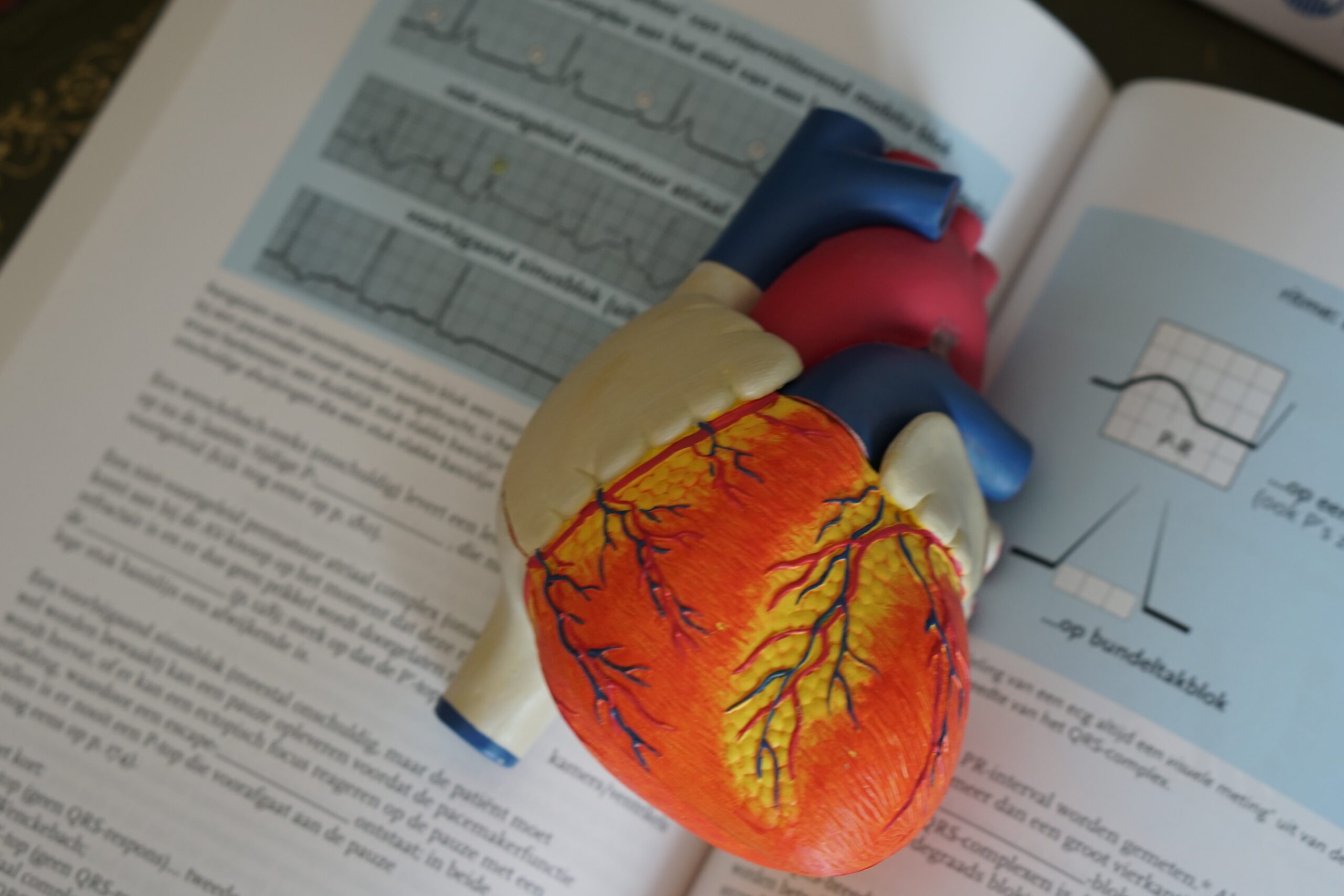What is Gingivitis?
Gingivitis is a common gum disease that causes inflammation of the gums. It is usually caused by poor oral hygiene, plaque buildup, and bacteria in the mouth. If left untreated, gingivitis can progress to a more severe form of gum disease called periodontitis, which can lead to tooth loss.
Introduction to Lateral Flow Test
The lateral flow test is a diagnostic tool used to detect the presence of specific antibodies or antigens in a sample. It is a simple and quick test that provides results within minutes. Lateral flow tests are widely used in various fields, including healthcare, agriculture, and food safety.
How does the Lateral Flow Test work for Gingivitis?
The lateral flow test for gingivitis works by detecting the presence of specific antigens associated with the bacteria responsible for causing gingivitis. The test uses a strip with a series of lines, including a control line and a test line. When a sample, such as saliva or gingival crevicular fluid, is applied to the strip, it migrates along the strip through capillary action.
If the antigens are present in the sample, they bind to antibodies on the test line, causing a visible line to appear. The control line ensures that the test is functioning correctly. If no line appears on the test line, it indicates a negative result, suggesting the absence of gingivitis-associated antigens in the sample.
Advantages of the Lateral Flow Test for Gingivitis
The lateral flow test offers several advantages for the diagnosis of gingivitis:
- Quick and easy to perform: The test provides results within minutes, allowing for immediate diagnosis and treatment.
- Non-invasive: The test requires only a small sample of saliva or gingival crevicular fluid, making it a painless and non-invasive procedure.
- Cost-effective: The lateral flow test is a cost-effective alternative to traditional laboratory-based tests for gingivitis.
- Portable and convenient: The test kits are portable and can be used in various settings, including dental clinics, community health centers, and even at home.
Limitations of the Lateral Flow Test for Gingivitis
While the lateral flow test offers several advantages, it also has some limitations:
- False negatives: The test may produce false negative results in the early stages of gingivitis or if the bacterial load is low.
- Limited sensitivity: The lateral flow test may not be as sensitive as laboratory-based tests for detecting gingivitis-associated antigens.
- Requires interpretation: The test results need to be interpreted visually, which may introduce subjectivity and human error.
Conclusion
The lateral flow test is a valuable tool for the diagnosis of gingivitis. It offers a quick, non-invasive, and cost-effective method for detecting the presence of gingivitis-associated antigens. However, it is important to consider the limitations of the test and use it in conjunction with other diagnostic methods for accurate diagnosis and treatment.



0 Comments